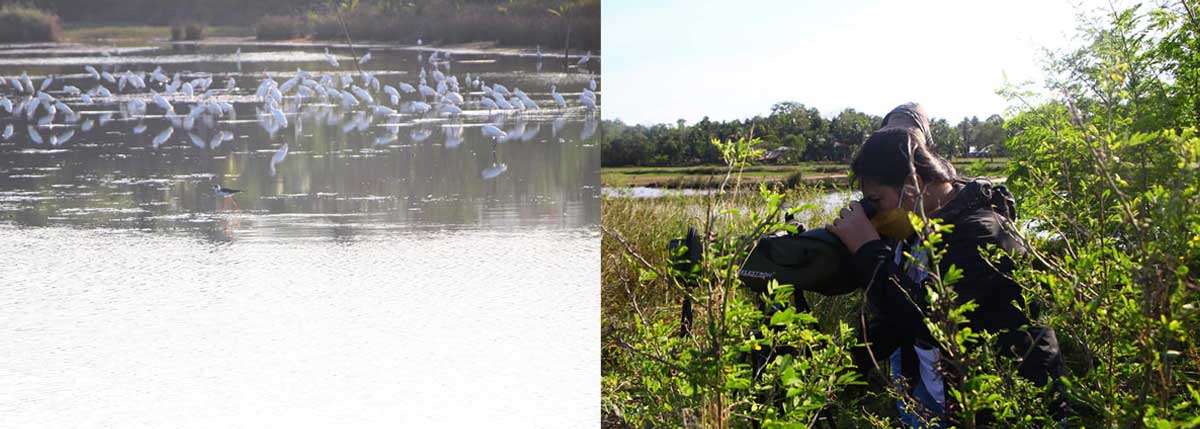
The Department of Environment and Natural Resources (DENR) is watching areas in Western Visayas frequented by migratory birds as a precautionary measure amid the avian influenza outbreak in several areas in Luzon.
In an interview on Saturday, DENR-Western Visayas Regional Executive Director Livino B. Duran, said the region has a lot of migratory birds, some of which no longer leave and become resident birds.
“We wanted to look into this because some of them are being eyed as carrier of a disease. For now, we cannot really conclude that they are the carrier, so dead migratory birds have to be handled very carefully and be brought to a proper authority, which is the Department of Agriculture (DA),” Duran said.
The DA, he said, has the equipment to determine if these birds are infected with any disease.
Duran noted that the matter is not just the concern of Western Visayas, and this was discussed during their recent Visayas cluster meeting where he was able to visit Olango Island, a wildlife sanctuary in Cebu.
He said Iloilo migratory birds often visit areas from the municipality of Leganes to Dumangas town.
However, the most number of migratory birds can be found at the Negros Occidental Coastal Wetlands Conservation Area (NOCWCA), which has a contiguous coastline spanning 52 coastal barangays in the province’s three cities and seven towns.
The NOCWCA serves as a habitat for globally threatened species, extensive mangroves, and mudflats that serve as feeding grounds for thousands of migratory birds.
Its high biodiversity also supports the livelihood of coastal communities and serves as a major food source for Negros Occidental.
“That is the seventh Ramsar site (wetland of international importance) in the Philippines and is a diverse area when we talk about migratory birds,” he added.
Duran said part of their monitoring is the regular bird count.
As the birds are tagged, their loop of destinations and origin can be easily identified.
Sometimes, he said, they are captured to place a tag on them so that when they travel to other countries, they could be traced to have visited the Philippines.
“The public is always advised to inform our authorities if there are dead migratory birds for them to be handled properly. The handling of migratory birds is similar to a Covid-19 (coronavirus disease 2019) patient,” Duran said. (PNA)





















